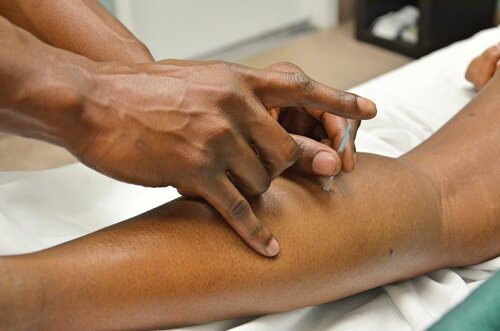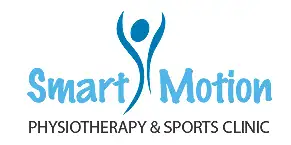Dry-Needling Physiotherapy Services In Surrey
Dry-needling physiotherapy in Surrey, also known as trigger point dry needling and intramuscular stimulation, is a technique that various healthcare practitioners, including physical therapists, physicians, and chiropractors, use. They use dry needling primarily to treat myofascial trigger points, but they also target connective tissue, neural ailments, and muscular ailments to promote smart motion and heal these structures.

Dry Needling Physiotherapy Treatment
Pain alters your body’s movement patterns. People believe that dried-needle therapy alters brain-muscle communication, allowing movement patterns to recover to their pre-injury state. When practitioners insert a needle into a patient’s body, the patient may feel a variety of sensations, including pain, discomfort, and a muscle twitch.
The therapist inserts the needles deeply or superficially and for shorter or longer periods of time, depending on the type and duration of the pain being treated. It’s possible that a needle may be in your muscle for just a few seconds, or it could be there for up to 10 or 15 minutes.
Physical therapists utilize dry-needling physiotherapy in Surrey as a method of treating pain and mobility problems. It’s done by inserting a “dry” needle, one that doesn’t contain medication or an injection, into the muscle.
People often use the phrases “trigger point dry needling” and “intramuscular manual treatment” to describe dry needling. Acupuncture, as experienced by acupuncturists, is based on traditional Chinese medicine and does not involve dry needling. The use of dry needling physiotherapy in Surrey is current Western medicine.
What Is a Dry Needling Trigger Point?
A trigger point is a painful, tight strip of muscle within a larger muscle group. The contact of a trigger point may produce pain in other regions of the body, and touching a trigger point may cause pain in other sections of the body.
What type of needles are used?
A very tiny filiform needle enters the epidermis and activates the underlying myofascial trigger points, as well as the surrounding muscle and connective tissues. With the use of the needle, physical therapists may target tissues that are not easily perceptible by hand.
When dry needling, physical therapists follow the Standard Precautions, Guide to Infection Prevention for Outpatient Settings, which includes the use of gloves and other personal protective equipment. The medical staff disposes of the sharps collected from the sterile needles in a medical sharps container.
Whenever physical therapists employ dry needling, it is usually as a single method as part of a larger therapeutic strategy.
In Surrey, physical therapists use dry needling to release trigger points, reducing pain or increasing range of motion. Preliminary findings support that dry needling improves pain control, reduces muscle tension, and normalizes dysfunctions of the motor end plates, where nerve impulses transfer to the muscles. This can assist the patient in returning to an active rehabilitation programme more quickly.
Physical therapists practicing dry needling need specialized postgraduate education and training to enhance their existing knowledge. When calling for dry needling treatment, inquire about the physical therapist’s experience and education.

